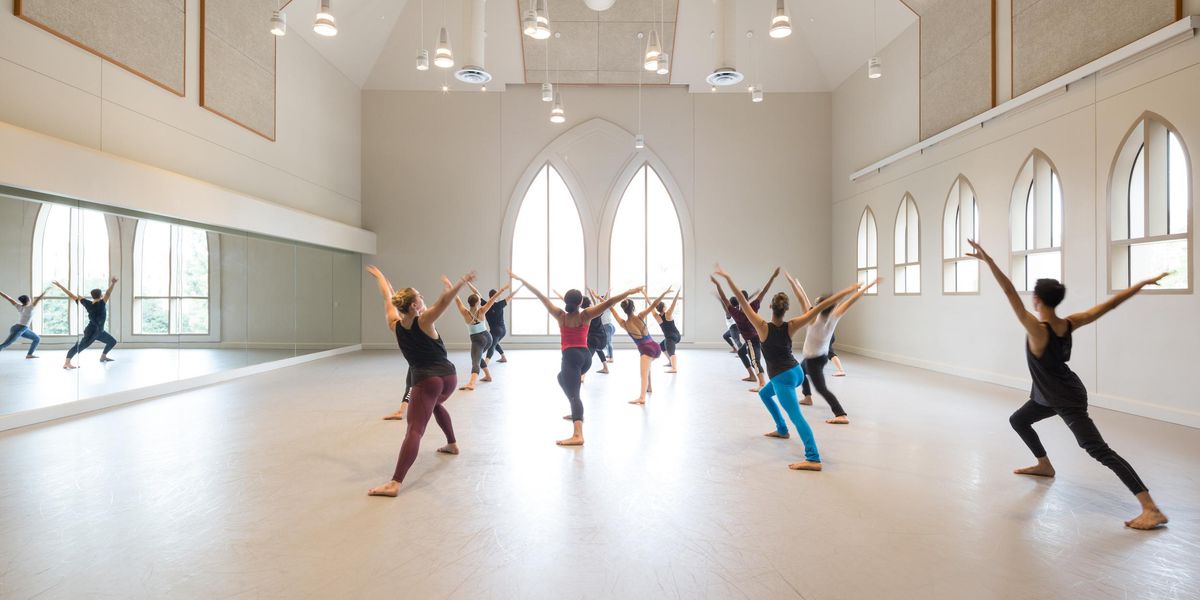Alexandra Beller/Dances
Joyce Soho, NYC
April 4–21, 2012
Performance reviewed: April 4
Alexandra Beller is deeply committed to an intellectual exploration of dance. In the New York premiere of Other Stories, issues such as subjectivity, doubt, and conflicting views of the same event all come to the fore. Videos accompany the dance, each one a short examination of communication and alienation in the big city: a room in a downtown loft building lit with Hopperesque eeriness, where two people we cannot hear converse; the Prince Street metro station in Soho as subways arrive and depart. A moving cube-shaped house changes location throughout the performance, providing the dancers with a set-within-a set.
The performers in this series of vignettes narrate mainly improvised stories about their lives and experiences. At one point, one of them holds her hand up in the air and states: “This is how tall I was,” followed by, “This is the only place that makes me laugh.” Beller joined company members onstage for the first time in several years. All did a fine job of conveying sometimes difficult, abstract concepts, but the April 4 guest artist Jennifer Nugent stole the show with her enthusiasm and technical abilities. Her improvisations were captured on the spot, interpreted by company members and then re-taught to Nugent throughout the performance. Other guests later in the week were to include Luke Miller, Netta Yerushalemy, and Karl Rogers.
Lea Fulton and Edward Rice
Throughout the performance, the narration was interrupted, chopped up, reversed or simply left with parts omitted, resulting in deconstructed and sometimes curiously incomplete stories. But this technique felt somehow dated, unoriginal: David Dorfman and even before him experimental choreographers of the Simone Forti era presented similar work with more panache and humor than Beller does here. Other Stories is essentially a one-note event: It displays little sense of self-irony, and Robert Poss’ plangent and sometimes irritating synthesizer and guitar score—performed live—does little to liven up the festivities. The chopped-up sentences became irritating after a while and the lack of discernible storyline left one wanting. More problematic perhaps was the fact that little of the movement itself—also deconstructed, chopped up, repeated, and reversed—was particularly pleasing to watch or innovative.
Beller attempts to answer some fascinating questions, including how we hear and re-interpret each other’s narratives. More fundamentally, she may also be asking questions about the very act of human experience or perception. These are all valid areas of inquiry: the question for Beller is whether she can find more original and incisive ways to present them in future works.
Lea Fulton and Edward Rice.
Pictured at top: Simon Thomas-Train and Toni Melaas
All photos by Peter Crane, courtesy Alexandra Beller/Dances




